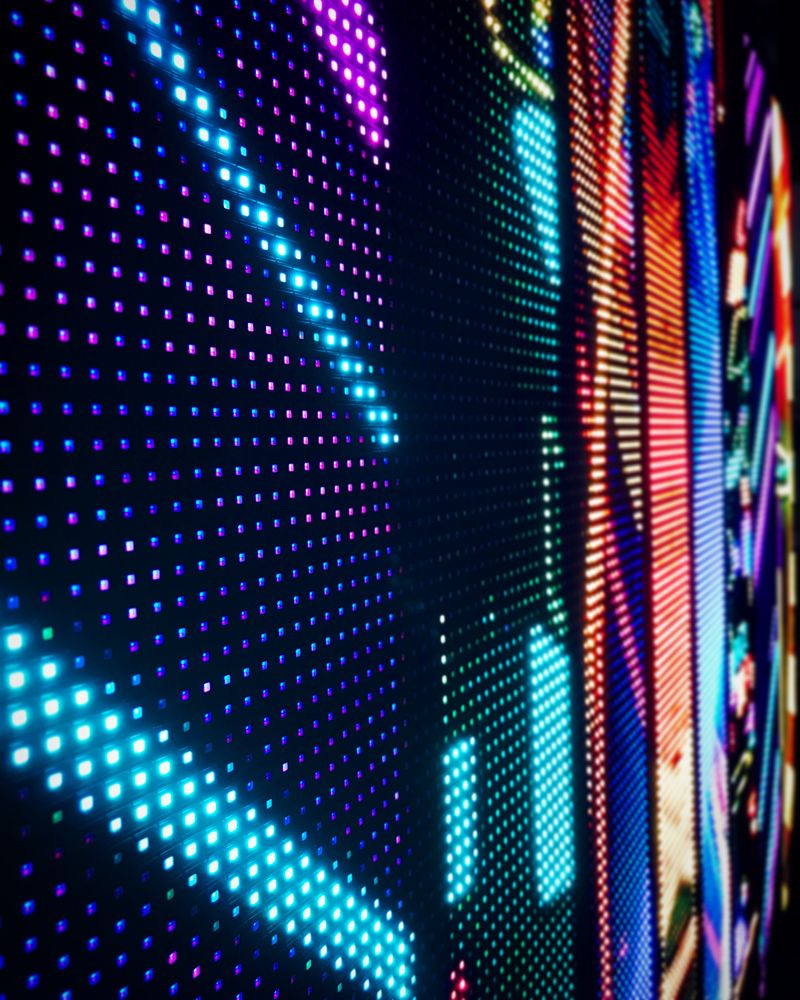The caliber of the LED elements plays a significant role in color uniformity. Various types of light-emitting diodes emit light at varying wavelengths, which can affect the total hue output. Premium light-emitting diodes are designed to generate a more uniform light range, resulting in better hue accuracy. Additionally, the manufacturing process of these LEDs can affect their functionality. Panels made with high-grade materials and technology tend to have less color differences, ensuring that the displayed images and videos look lively and faithful to reality.

Tuning is another essential factor in preserving color consistency in light-emitting diode wall screens. Calibration entails adjusting the settings of the screen to make certain that the hues shown match the intended appearance. This process can include adjusting brightness, differentiation, and hue equilibrium. Regular tuning is essential, especially in environments where lighting factors vary frequently. By calibrating the panels, technicians can fix any inconsistencies in color result, resulting to a more consistent viewing encounter.
Surrounding factors also influence hue consistency in light-emitting diode wall screens. Factors such as ambient light, heat, and moisture can influence how colors are seen. For example, intense ambient light can dull colors, making them appear more lively. Similarly, harsh temperatures can affect the functionality led wall rental for product showcases of the light-emitting diodes, resulting to color shifts. To mitigate these problems, it is essential to install LED wall screens in managed environments where lighting and temperature can be controlled effectively.
Lastly, the layout and arrangement of the LED wall panels can impact color uniformity. The configuration of the screens, as well as the spacing from which they are viewed, can create differences in hue perception. When panels are arranged too distant apart or at varied positions, viewers may notice inconsistencies in color. To achieve the optimal visual output, it is crucial to take into account the positioning and arrangement of the panels during installation. By addressing these factors, users can ensure that their light-emitting diode wall screens deliver a consistent and high-quality optical encounter.